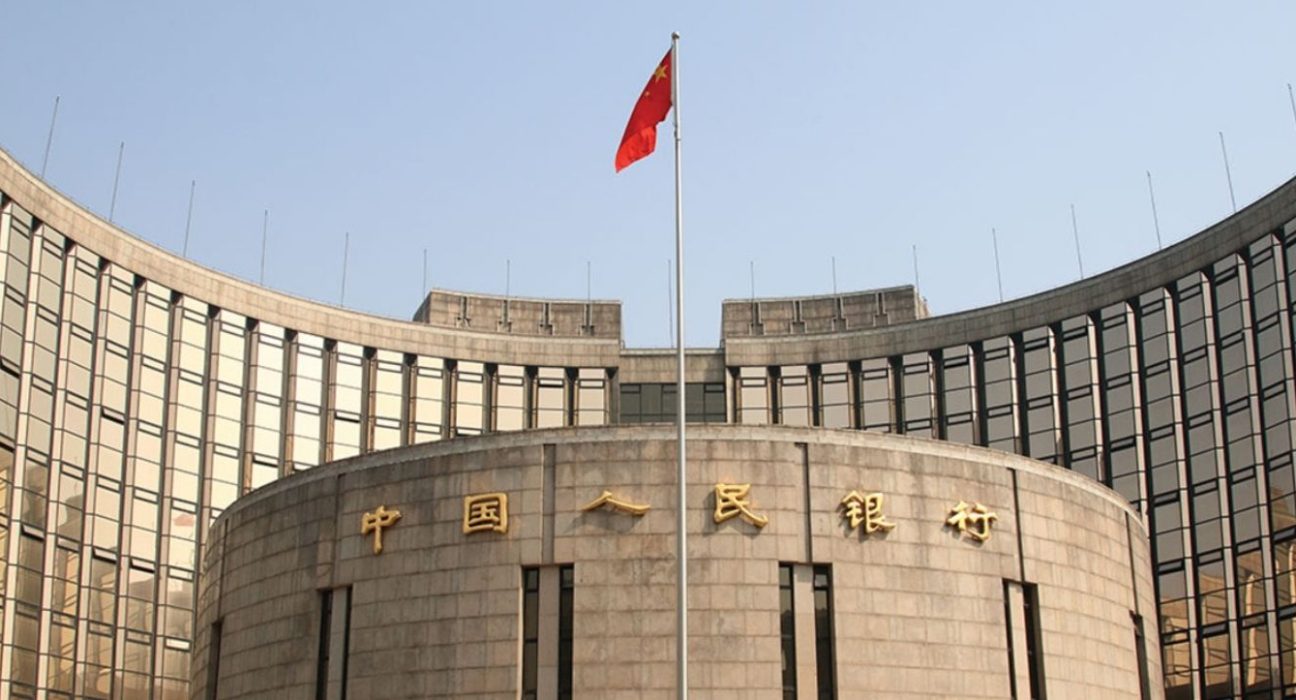The People’s Bank of China (PBOC) has indicated that it will maintain a supportive monetary policy stance in the coming months, as the economy continues to recover from the pandemic and faces rising inflationary pressures.
PBOC drops anti-stimulus phrase
In its quarterly monetary policy report released on Monday, the PBOC pledged to keep the overall amount of money supply and credit in the economy “appropriate”, a slightly more dovish sign than its previous wording of “not flooding the economy with stimulus”, which it had used for more than a year.
The change of tone suggests that the PBOC is more willing to ease monetary conditions to support growth, especially as some sectors such as consumption and small businesses are still lagging behind the recovery.
Some analysts expect the PBOC to cut the reserve requirement ratio (RRR) for banks or lower interest rates in the near future, following its surprise RRR cut in July, which released about 1 trillion yuan ($155 billion) of long-term liquidity into the banking system.
PBOC faces inflation challenge
The PBOC also acknowledged that inflation has risen in recent months, mainly due to higher commodity prices and supply disruptions. The consumer price index (CPI) rose 0.5% year on year in the first half of 2021, while the producer price index (PPI) surged 6.4% over the same period.
The PBOC said it will closely monitor inflation expectations and take timely and targeted measures to stabilize prices. It also reiterated its commitment to implementing a prudent monetary policy and avoiding excessive fluctuations in money supply and credit.
However, some economists warn that the PBOC may face a dilemma between stimulating growth and containing inflation, as the economy faces both external and internal uncertainties.
On the external front, China’s trade outlook may be affected by the resurgence of Covid-19 cases in some regions, as well as by rising geopolitical tensions with the US and other countries.
On the internal front, China’s property market may face a slowdown due to tighter regulations and credit controls, which could weigh on investment and consumption.
PBOC supports structural reforms
The PBOC also emphasized that it will use structural monetary policy tools to support China’s high-quality development and green transition.
The PBC said it will continue to use two direct financing tools that were introduced last year to channel funds to small businesses and key sectors. It will also increase central bank lending for provinces with low credit growth and promote coordinated regional development.
In addition, the PBC said it will enhance policy support for areas such as sci-tech innovation, green development, and manufacturing upgrading. It will also encourage financial institutions to lower their lending rates by using the loan prime rate (LPR) mechanism and improving deposit rate regulation.
The PBC also vowed to deepen financial reforms and opening-up, improve financial regulation and supervision, and prevent and defuse financial risks.










